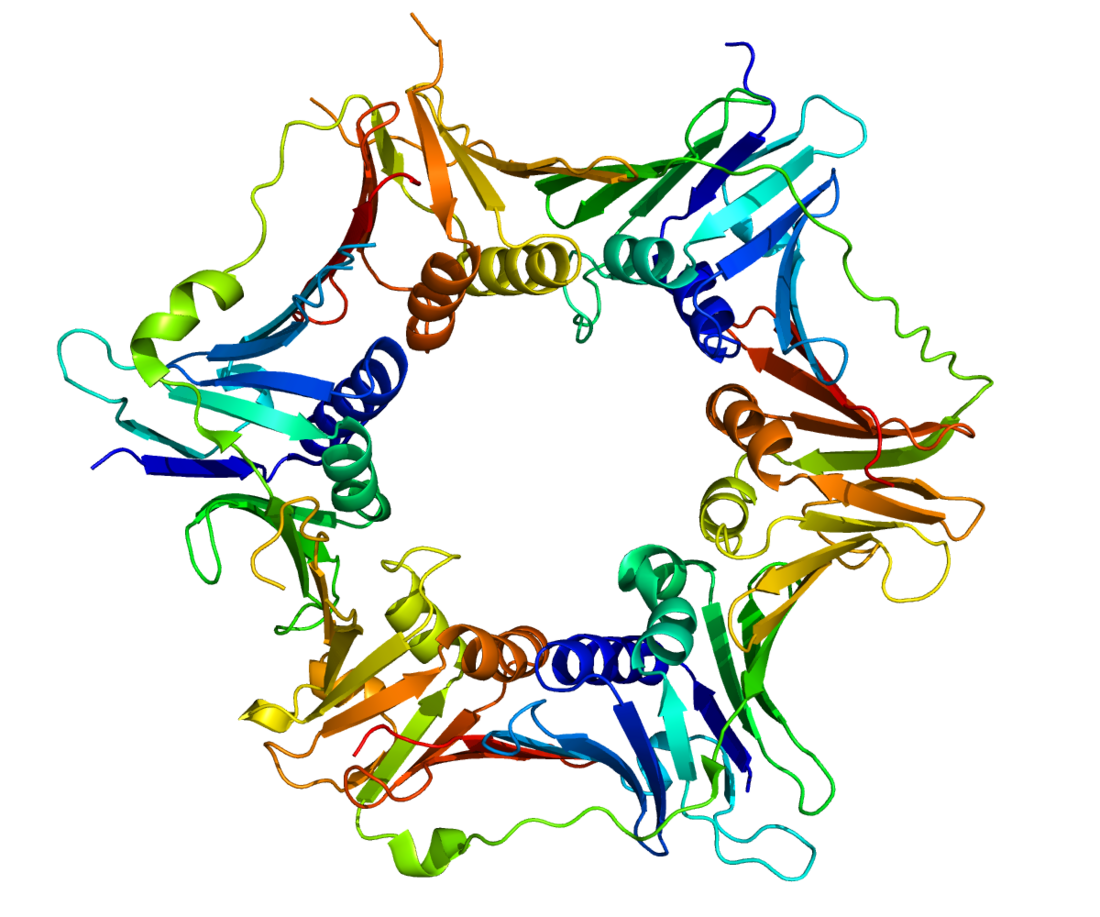Top Qs
Timeline
Chat
Perspective
HUS1
Protein-coding gene in the species Homo sapiens From Wikipedia, the free encyclopedia
Remove ads
Checkpoint protein HUS1 is a protein that in humans is encoded by the HUS1 gene.[5][6]
Remove ads
Function
The protein encoded by this gene is a component of an evolutionarily conserved, genotoxin-activated checkpoint complex that is involved in the cell cycle arrest in response to DNA damage. This protein forms a heterotrimeric complex with checkpoint proteins RAD9 and RAD1. In response to DNA damage, the trimeric complex interacts with another protein complex consisting of checkpoint protein RAD17 and four small subunits of the replication factor C (RFC), which loads the combined complex onto the chromatin. The DNA damage induced chromatin binding has been shown to depend on the activation of the checkpoint kinase ATM, and is thought to be an early checkpoint signaling event.[7]
In somatic cells
In somatic cells the RAD9-RAD1-HUS1 (9-1-1) complex responds to DNA damage by promoting DNA repair.[8]
In meiosis
In flies, worms and yeast, the 9-1-1 complex is necessary for meiotic checkpoint function and efficient meiotic recombination.[8] During mammalian meiosis 9-1-1 complexes promote synapsis of homologous chromosomes, double-strand break repair and cell cycle checkpoint signalling.[8][9]
Remove ads
Interactions
HUS1 has been shown to interact with:
References
Further reading
Wikiwand - on
Seamless Wikipedia browsing. On steroids.
Remove ads








